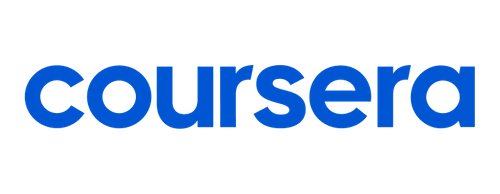This capstone spacecraft dynamics project will use the skills acquired in the rigid body Kinematics and Kinetics courses. A two-spacecraft mission to Mars will be possible if a primary mother craft and a daughter vehicle are in communication. It is necessary to determine the orbit frame's kinematics and select reference frames. Then, numerically simulate the spacecraft's attitude dynamics in orbit. Finally, implement a feedback control that drives various spacecraft bodies to different mission modes. This includes sun pointing for power generation, science gathering, and mother spacecraft pointing towards data transfer and communication. An integrated simulation of these attitude modes is created and explored the resulting autonomous closed loop performance.
Tasks 1 & 2 use three-dimensional Kinematics to generate the orbit simulations and associated orbit frames. This introductory step checks that the satellite is moving in the right direction and that the orientation of the orbit frames relative to the planet has been properly assessed.
Tasks 3 to 5 establish the necessary attitude reference frame for three different attitude pointing modes, sun-pointing/nadir-pointing/GMO-pointing. This reference attitude frame is crucial to ensure that the feedback control drives satellite to desired orientation. While the control is the same for all three modes of pointing, the performance will be different due to the different attitude reference frames.
Tasks 6-7 create simulation routines that first evaluate the attitude tracking error between an attitude-fixed frame (or a specific reference frame) and the current attitude mode. The inertial attitude dynamics are then evaluated using a numerical simulation. This allows for numerical analysis of control performance.
Tasks 8 through 11 simulate the closed loop attitude performance for each of the three modes. Tasks 8-10 simulate one attitude at a given time. Tasks 11 creates an attitude mission simulation that considers all three modes of switching independently based on the location of the spacecraft relative to the planet.
